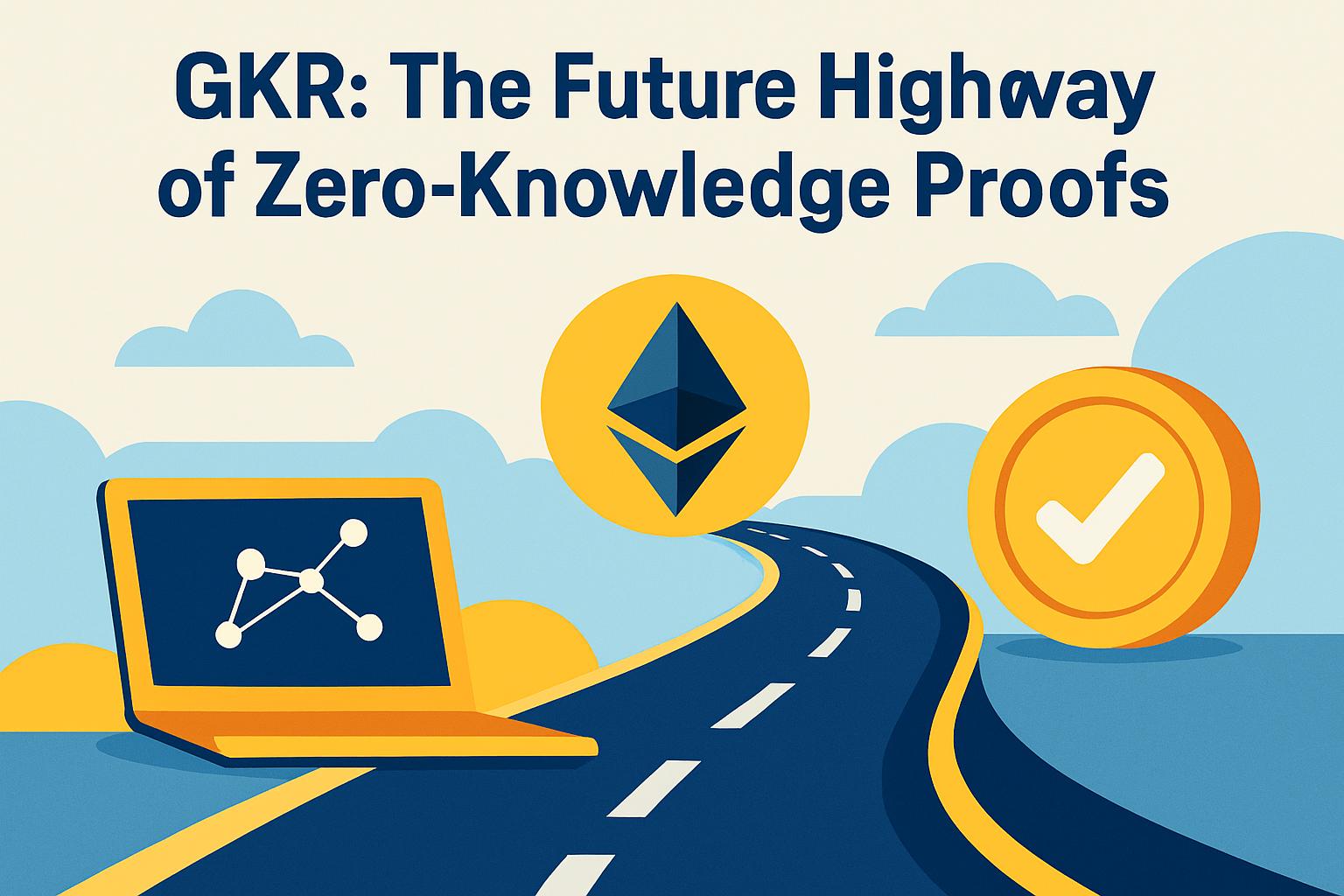In the ever-evolving landscape of cryptocurrency and blockchain, technological breakthroughs are like rare gems discovered along a vast coastline. One of the most recent additions to this treasure trove is the GKR protocol, spotlighted by Ethereum co-founder Vitalik Buterin in a detailed exposé titled “A GKR Tutorial.” This new proof protocol, known formally as Goldreich–Kahan–Rothblum (GKR), represents a significant leap forward in the nascent field of zero-knowledge (ZK) proofs.
The Turbocharge of Zero-Knowledge Proofs
Buterin opens his discussion by heralding what he calls the “ZK acceleration” phase. The era where consuming higher computational energy for real-time validation on platforms like Ethereum’s Layer 1 is becoming a thing of the past. GKR is here to change the game, enabling even consumer-grade GPUs to perform instantaneous verifications and laptops to handle two million hash operations per second. The integration of this technology into various systems, from blockchain to AI model verification, signifies a monumental shift propelled by the unique properties of the GKR protocol.
Why GKR is a Game-Changer
The traditional ZK systems, while ensuring result accuracy, struggle with high costs. Each computational layer requires encrypted commitments, causing exponential increases in processing expenses. GKR challenges this norm by simplifying commitments to just the input and output, drastically reducing operational overhead while maintaining integrity.
- Significant speed enhancement
- Reduced costs
- Streamlined verification process
The structure, as described by Buterin, is particularly suited for multilayer and repetitive computations, making it ideal for hash-intensive operations or AI neural network inferences.
Expanding Horizons: GKR’s Versatile Applications
While originally illustrated using the Poseidon hash function, GKR’s utility surpasses any single use case. Its adaptability is apparent across numerous fields:
- ZK-EVM Verification: Enriching Ethereum’s mainnet for real-time on-chain proofing.
- AI Model Validation (ZK-ML): Ensuring AI inference outputs are cryptographically verified.
- Batch Encryption and Data Verification: Enhancing efficiency in transaction verification and bulk signing scenarios.
According to Buterin, GKR can be harnessed wherever computations can be structured as a multilayer system and succinctly expressed using low-degree polynomials.
The Path Ahead: Challenges and Opportunities
In tests, GKR boasts roughly fifteen times less computational overhead compared to traditional STARK methods, potentially improving to just under a tenfold burden with implementation enhancements. However, this new frontier isn’t without its hurdles. Security remains paramount; improper design could allow malicious agents to predict and manipulate the random challenge values set by the protocol, a challenge facing developers as ZK systems scale towards mass implementation.
Buterin likens GKR to a highway in the zero-knowledge sphere. The protocol doesn’t change the destination of proof correctness, but it ensures data travels more swiftly and efficiently. As blockchain and AI technology increasingly converge, this “highway” represents not just a leap in efficiency but a foundational pillar for the emergent Web3 trust infrastructure.

![[News] Bitcoin at a Turning Point? 10x Research Signals a Bullish Macro Shift Ahead](https://cryptoexplores.com/wp-content/uploads/2025/06/new20250616.jpg)
![[News] Binance Lists $HOME, the Gas-Free, Bridge-Free All-in-One DeFi App](https://cryptoexplores.com/wp-content/uploads/2025/06/news20250617.jpg)